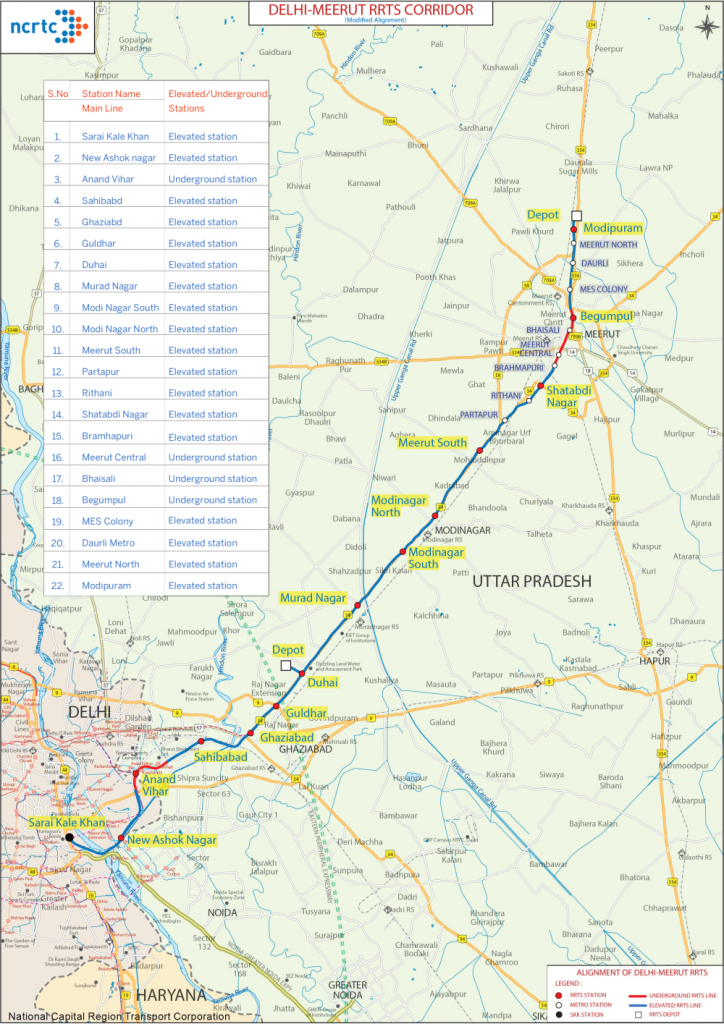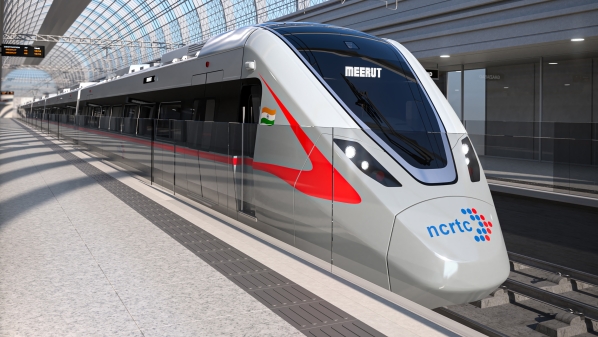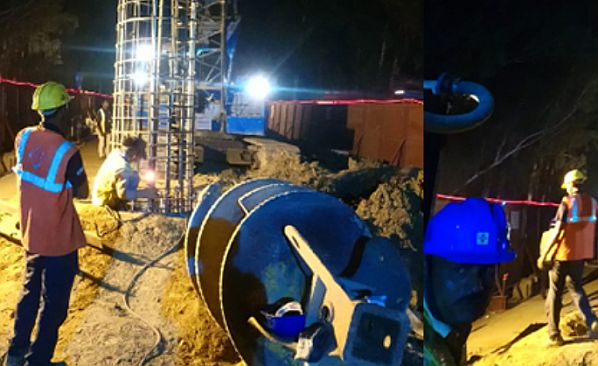The contract (Package 24) covers the design, supply, installation and testing of ETCS hybrid Level 3, telecommunications, train control and supervision systems, and platform screen doors along the route.
ETCS hybrid Level 3 is a combination of ETCS Level 2 with a shorter virtual section normally used in ETCS Level 3, enabling higher performance. The system features digital Interlockings and Automatic Train Operation (ATO) over Long Term Evolution (LTE) radio.

The Delhi Meerut RRTS corridor will run from Sarai Kale Khan station, in Delhi, to Modipuram, north of Meerut, with 22 stations and two depots at Duhai and Modipuram. A 17km priority section from Sahibabad to Duhai will open in 2023 with the rest of the line fully operational by 2025.
When completed, the line will enable maximum speeds of 160km/h, reducing journey times between Delhi and Meerut to just one hour, compared with a current journey time of 1h 30min-1h 40min.
Services will be operated using 30 six-car regional trains and 10 three-car intra-city trains supplied by Bombardier Transportation under a Rs 25.77bn contract awarded by the NCRTC in May 2020. Alstom is scheduled to complete its takeover of Bombardier Transportation at the end of January.

The Delhi - Panipat RRTS is one of three commuter lines planned to radiate out from Delhi, which will connect India’s capital with neighbouring Tier 2 cities. The 103km Delhi - Panipat RRTS was approved by the state of Haryana earlier this month, and the 164km Delhi - Alwar RRTS is already under construction.
For detailed data on infrastructure projects from around the world, subscribe to IRJ Pro.

